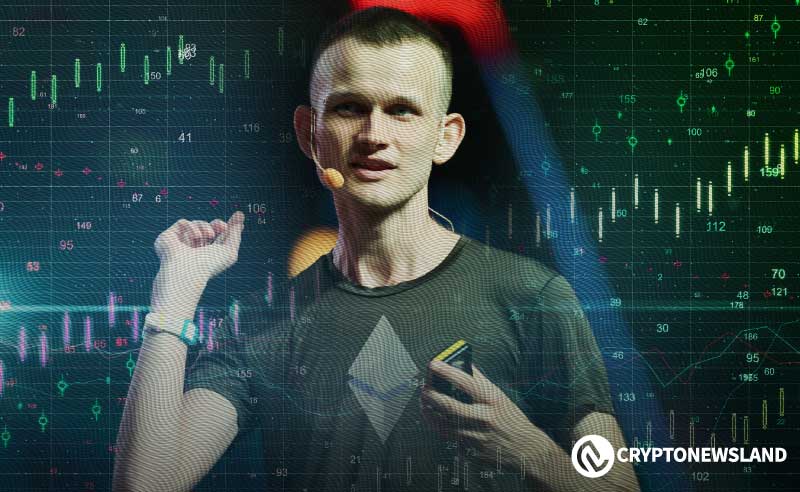- Vitalik Buterin’s $517,000 contribution is intended to expand Ethereum dApps by supporting the ethOS portable development.
- ethOS and Solana’s Saga are competing to bring blockchain algorithms to mobile gadgets.
- The two ventures take different paths to make blockchain more accessible to everyday users.
Ethereum co-founder Vitalik Buterin has reportedly donated 199.9 ETH worth over $517,000 to the Ethereum handheld project ethOS. The contribution was made to a Gnosis Safe multi-signature contract and has led to speculation that the money is meant to support ethOS. This initiative seeks to bring the token’s decentralised applications (dApps) to mobile devices, making them easier to use for everyday users.
ethOS: Bringing Ethereum to Mobile Devices
ethOS is an Ethereum-native handset programming software package created by the staff at Freedom Factory. The initiative was first used on certain smart gadgets in late 2022 and reintroduced in 2023. The ultimate objective of the platform is to enable users to write computer code and create Ethereum-based dApps directly from their phones.
The ethOS squad, which formed in 2021, plans to release new hardware options later this year or next. This move could help drive the wider adoption of Ethereum by integrating its technology into consumer mobile devices. The reported donation from Buterin may accelerate these efforts and position ethOS as a key player in the growing blockchain mobile market.
Competing With Solana’s Mobile Strategy
Besides ethOS, Solana Labs is another major player in the mobile blockchain space. In June 2022, Solana Labs launched the Saga mobile device with an Android-based operating system that includes built-in Solana dApps like Phantom Wallet. The initial sales were slow with only 20,000 units sold in nearly a year. But the launch of Saga 2.0 quickly boosted pre-orders to 100,000 units in just one month.
ethOS and Saga have different approaches to merging blockchain with mobile technology. ethOS builds on the existing Android platform and offers a more open environment for developers and users. In contrast, Solana focuses on its proprietary hardware and software, providing a more controlled experience. This competition shows the different methods of making blockchain technology accessible to everyday users.
Blockchain Adoption in Consumer Electronics
Both ethOS and Solana’s Saga reflect a growing trend of bringing blockchain technology to everyday electronics like smartphones. These initiatives aim to make blockchain more accessible to a wider audience and increase its practical use in daily life. As these projects progress, the competition to lead the blockchain mobile market heats up.
Yet, with ETH ethOS taking an open-source path and Solana’s Saga sticking to a private label model, the key question is: which strategy will better capture user interest and drive mass adoption?

